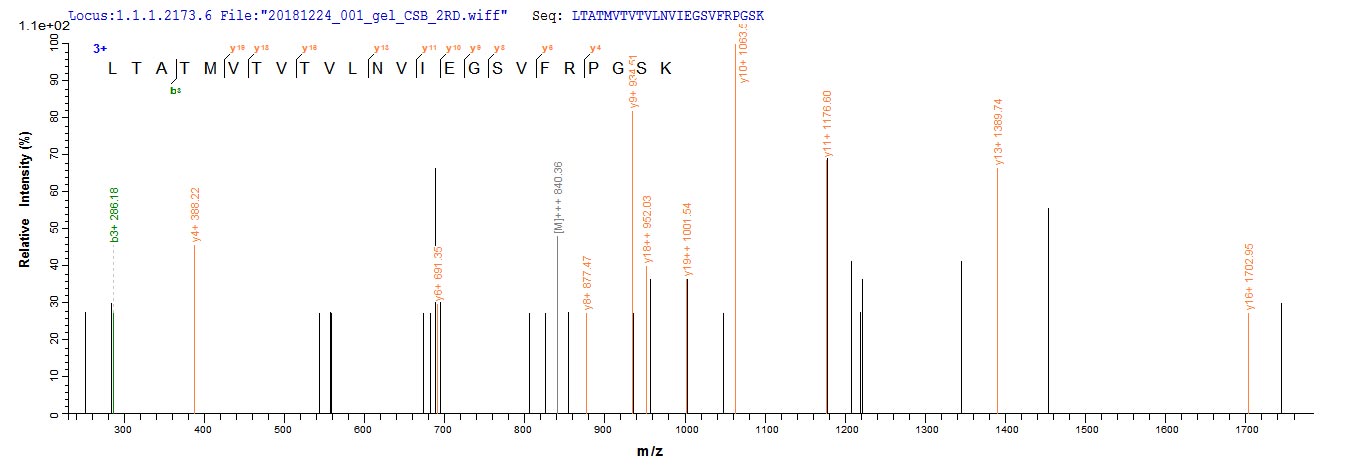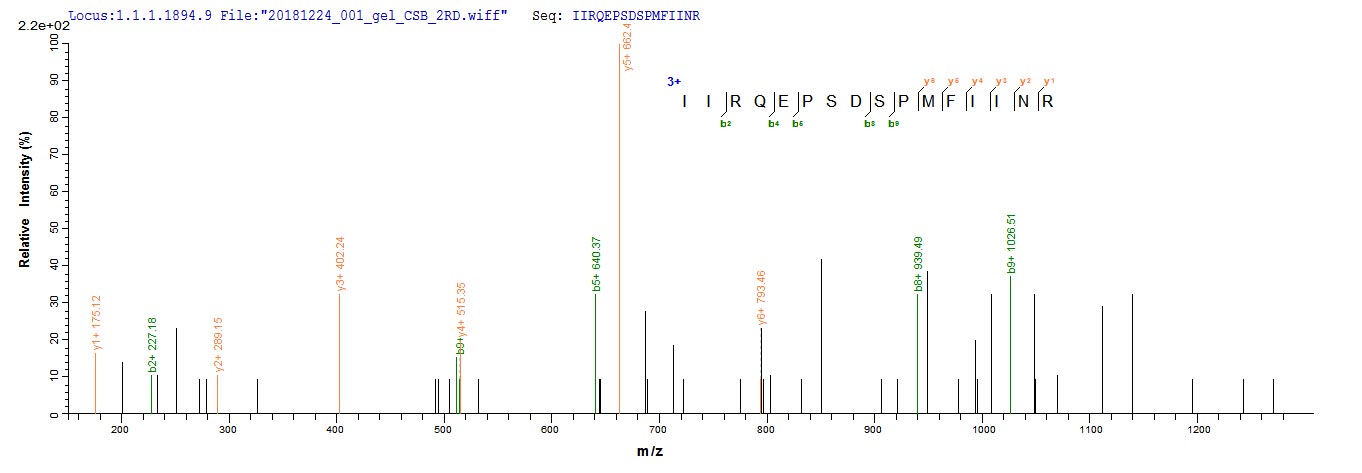Co-cloning the gene encoding the mouse Desmoglein-1-alpha (Dsg1a) (50-564aa) with the N-terminal 10xHis-SUMO-tag gene and C-terminal Myc-tag gene into a plasmid vector leads to the formation of recombinant plasmid. The resulting recombination plasmid is transformed into E.coli cells. E.coli cells containing the recombinant plasmid survive in the presence of a specific antibiotic and are selected to be cultured under conditions conducive to the expression of the gene of interest. Following expression, the recombinant mouse Dsg1a protein is isolated and purified from the cell lysate using affinity purification. Denaturing SDS-PAGE is utilized to resolve the resulting recombinant mouse Dsg1a protein, demonstrating a purity exceeding 85%.
Dsg1a is a calcium-binding protein found in layered tissues, crucial for maintaining skin integrity and barrier function [1][2]. It plays a role in cell-to-cell adhesion and junction assembly among skin cells [3][4]. Dsg1a is involved in maintaining fibrous protein stability, essential for skin cell renewal, and preventing toxin-induced skin detachment [5]. Additionally, Dsg1a is regulated by transcription factors like Klf5, aiding in corneal stability and basal cell proliferation [6][7]. This protein is also associated with skin barrier formation and repair, as well as controlling allergic reactions [8][9]. Overall, Dsg1a is a vital component of desmosomes, contributing to skin integrity, barrier function, and cell adhesion.
References:
[1] L. Godsel, Q. Roth-Carter, J. Koetsier, L. Tsoi, A. Huffine, J. Broussardet al., Translational implications of th17-skewed inflammation due to genetic deficiency of a cadherin stress sensor, Journal of Clinical Investigation, vol. 132, no. 3, 2022. https://doi.org/10.1172/jci144363
[2] L. Godsel, Q. Roth-Carter, J. Koetsier, L. Tsoi, J. Broussard, G. Fitzet al., Th17-skewed inflammation due to genetic deficiency of a cadherin stress sensor,, 2020. https://doi.org/10.1101/2020.12.01.406587
[3] K. Nishifuji, A. Shimizu, A. Ishiko, T. Iwasaki, & M. Amagai, Removal of amino-terminal extracellular domains of desmoglein 1 by staphylococcal exfoliative toxin is sufficient to initiate epidermal blister formation, Journal of Dermatological Science, vol. 59, no. 3, p. 184-191, 2010. https://doi.org/10.1016/j.jdermsci.2010.07.010
[4] N. Chitaev and S. Troyanovsky, Direct ca2+-dependent heterophilic interaction between desmosomal cadherins, desmoglein and desmocollin, contributes to cell–cell adhesion, The Journal of Cell Biology, vol. 138, no. 1, p. 193-201, 1997. https://doi.org/10.1083/jcb.138.1.193
[5] M. Yokouchi, T. Atsugi, M. Logtestijn, R. Tanaka, M. Kajimura, M. Suematsuet al., Epidermal cell turnover across tight junctions based on kelvin's tetrakaidecahedron cell shape, Elife, vol. 5, 2016. https://doi.org/10.7554/elife.19593
[6] D. Kenchegowda, S. Harvey, K. Lathrop, & S. Swamynathan, Critical role of klf5 in regulating gene expression during post-eyelid opening maturation of mouse corneas, Plos One, vol. 7, no. 9, p. e44771, 2012. https://doi.org/10.1371/journal.pone.0044771
[7] C. Loughner, A. Tiwari, D. Kenchegowda, & S. Swamynathan, Spatiotemporally controlled ablation of klf5 results in dysregulated epithelial homeostasis in adult mouse corneas, Investigative Opthalmology & Visual Science, vol. 58, no. 11, p. 4683, 2017. https://doi.org/10.1167/iovs.17-22498
[8] A. Cros, A. Juan, R. Leclère, J. Sampaio, S. Heurtebise-Chrétien, & E. Ségura, Homeostatic activation of aryl hydrocarbon receptor by dietary ligands dampens cutaneous allergic responses by controlling langerhans cells migration,, 2023. https://doi.org/10.1101/2023.01.24.525336
[9] A. Uberoi, C. Bartow‐McKenney, Q. Zheng, L. Flowers, A. Campbell, S. Knightet al., Commensal microbiota regulates skin barrier function and repair via signaling through the aryl hydrocarbon receptor, Cell Host & Microbe, vol. 29, no. 8, p. 1235-1248.e8, 2021. https://doi.org/10.1016/j.chom.2021.05.011"







